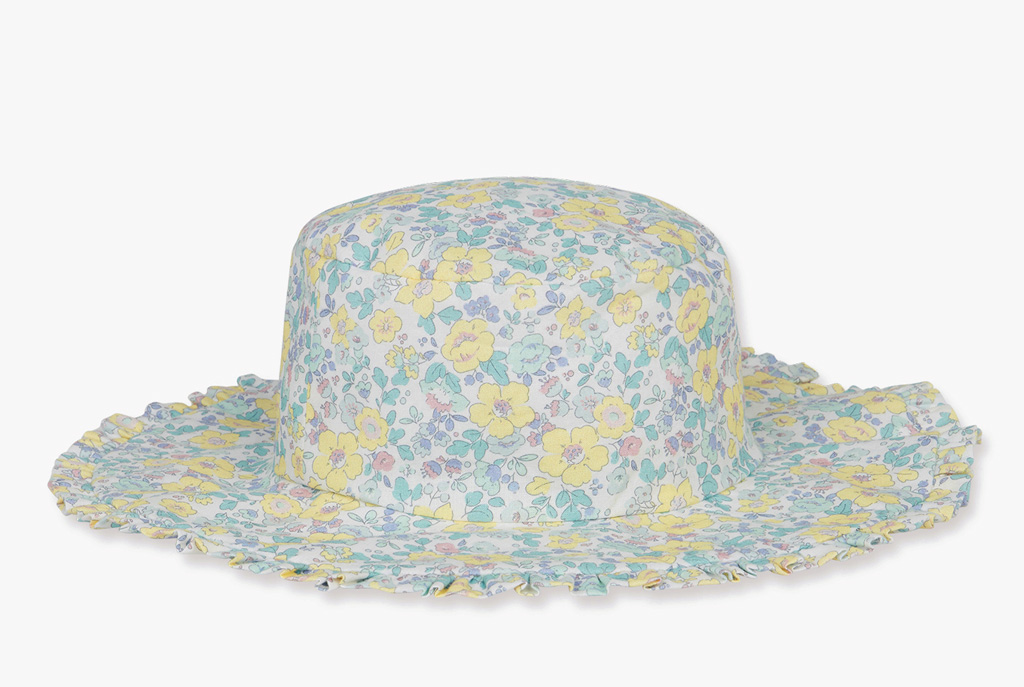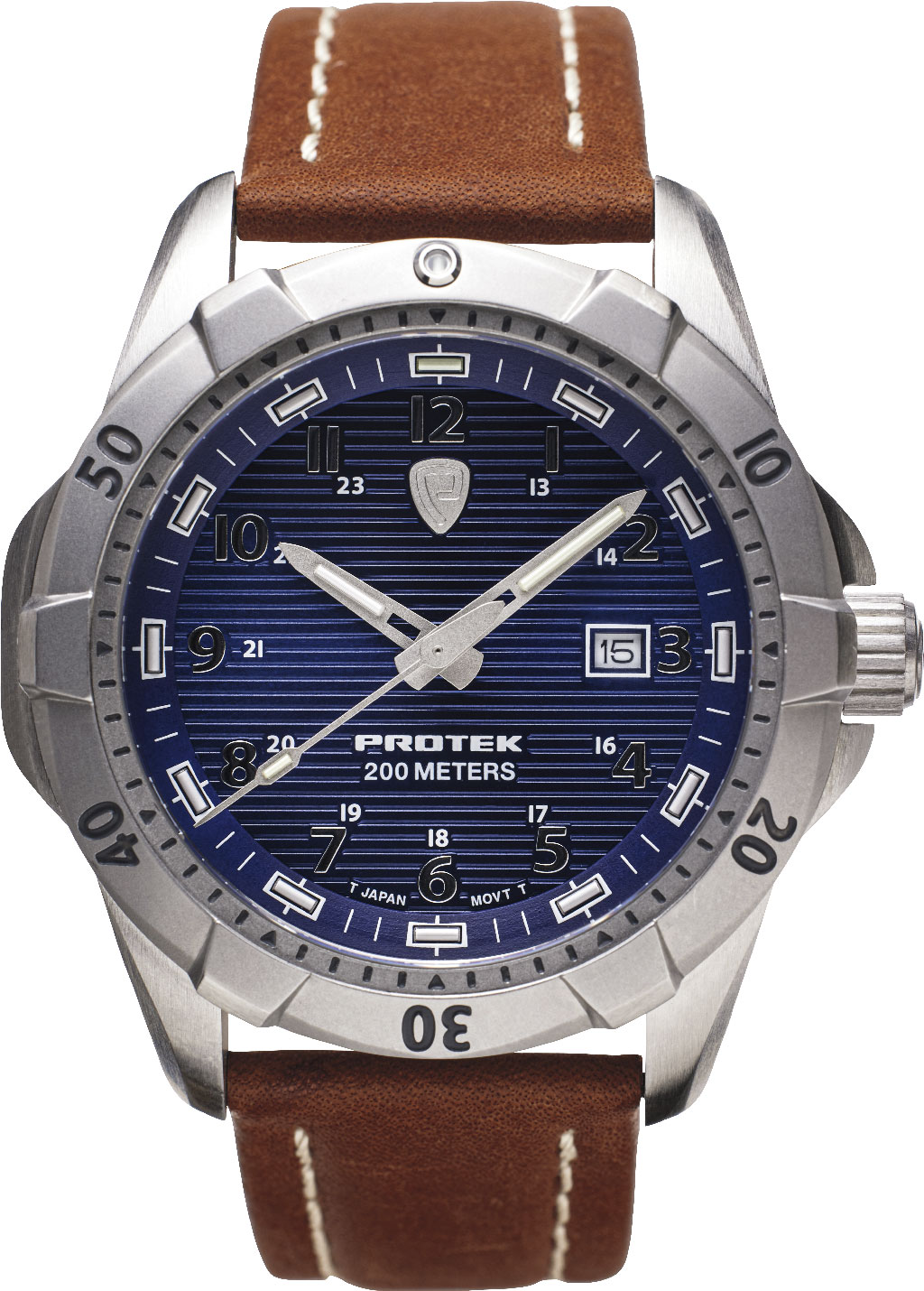Fashion & Style
2 Local Fashion Brands Break Free from the Gender Binary Norm
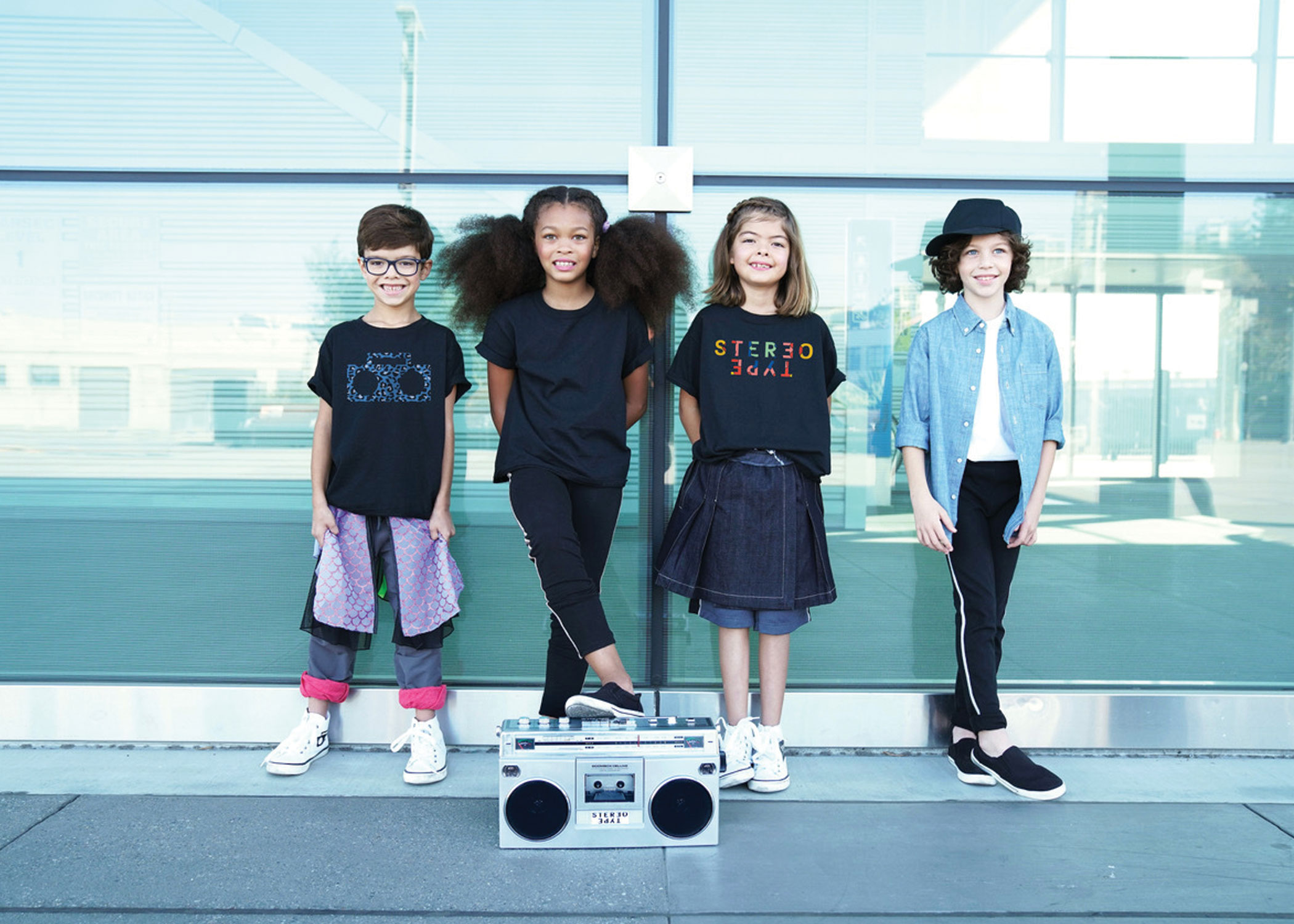 StereoType (photo by Autumn Northcraft)
StereoType (photo by Autumn Northcraft)Yves Saint Laurent defined a new era for women in 1966 with his iconic Le Smoking tuxedo, and Jean Paul Gaultier sensationally included the “men-skirt” in a 1984 haute couture show. More recently, singer Harry Styles donned a Gucci ballgown for his history-making December 2020 Vogue cover. Flouting traditional binary fashion rules might not be new, but a liberating move away from gender labels has allowed more creative self-expression, and big brands have taken note. Beyoncé went gender-neutral for her Ivy Park athleisure line, and with unisex and polysexual capsule collections from luxury labels like Stella McCartney and Marc Jacobs proving a hit among consumers, breaking gender norms in fashion has gone mainstream.
“The concept of women wearing more androgynous styles is seen as pretty normal — ‘boyfriend jeans’ have been around for years — but now emerging and established brands are pushing boundaries,” says Victor Tu, founder of gender-neutral clothing line ATMUS San Francisco. “The younger generation like Gen Z are more fashion forward and expressive in their styling, so providing options for people who identify as fluid or nonbinary is important as it allows self-expression in a much more nonconforming way.”
Sitting at the intersection of gender inclusion and sustainability, ATMUS, which launched last December, aims to allow just that. While generalist clothing veers toward being boxy and oversized, for his loungewear line Tu opted to use organic shapes giving the illusion of contouring that flatters all body types without being too formal. “Sizing is always going to be a work in progress with unisex, but we’re constantly adjusting for a better fit,” says Tu, adding that although his original creations were geared to men, after friends and colleagues of both sexes expressed an interest he decided to go gender neutral.
Through its sustainable production processes (garments are produced in small quantities using eco-friendly materials in San Francisco’s design district), Tu also advocates for the environment. As a member of the global movement 1% for the Planet, he is donating one percent of annual sales to a local nonprofit. While the ocean served as inspiration for his first collection (the Ebb & Flow Hoody and the Pacific Sweatshirt are bestsellers), Tu looked to brighter sunset hues for the shorts, T-shirt and kimono-style wrap that will make up his spring/summer line.
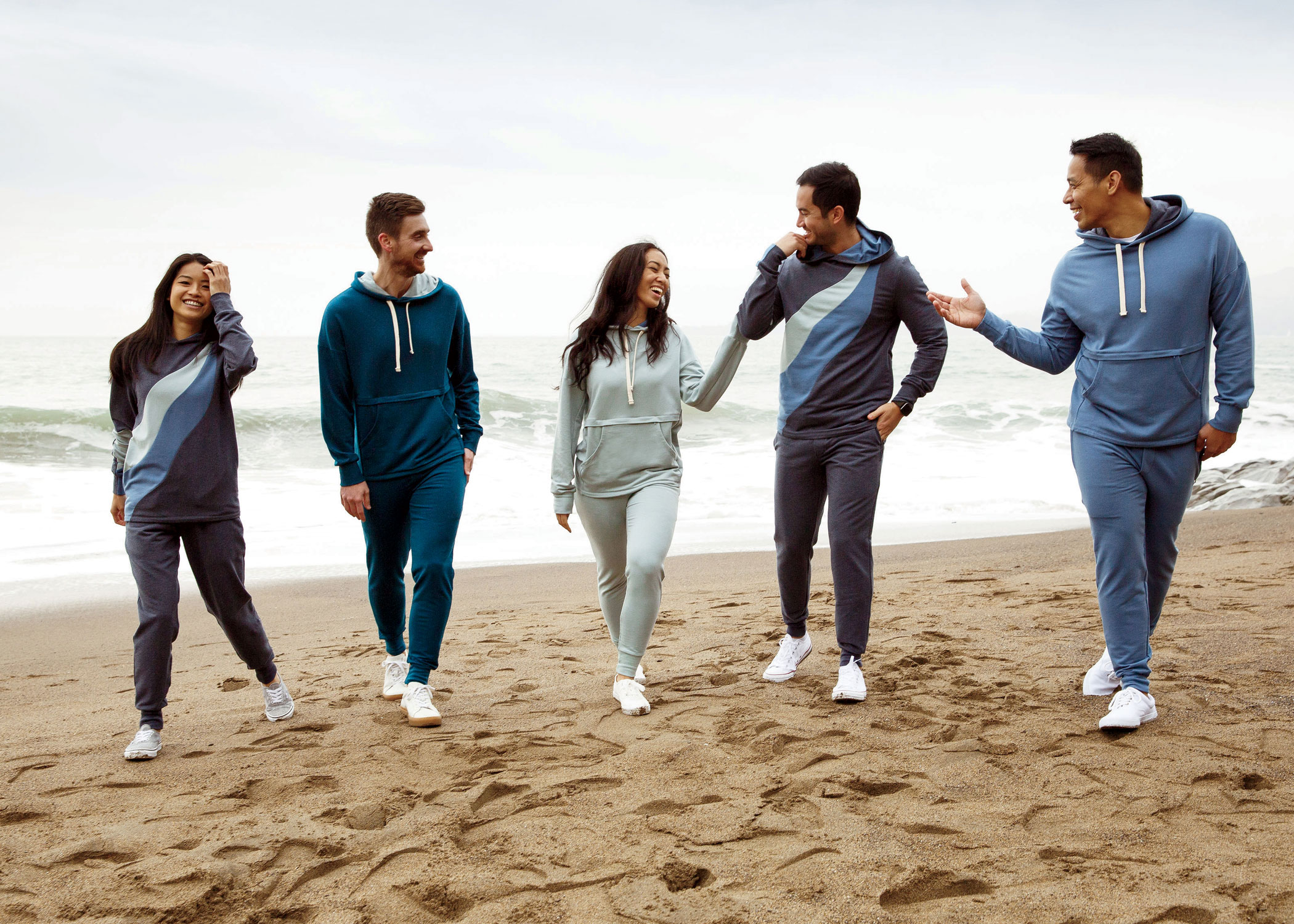
Of the mindset that the “pink is for girls and blue is for boys” color code belongs in the past, Tu believes the demand for gender-inclusive apparel will become the new normal, especially for kids. “I have a lot of friends who are new parents and they’re choosing not to give their child a gender because they’re waiting for them to grow up and choose it for themselves,” he says.
With a daughter who loves camo prints and anything black and a son who sometimes prefers dresses and more feminine sparkles, San Francisco-based designer Elizabeth Brunner also recently set out to change the narrative regarding gendered fashion norms for children.
“When I had the idea for StereoType, I couldn’t believe something like this hadn’t already been created,” Brunner says of the kids’ clothing line she launched last November. “We’re so eager to put kids in a box and keep them there instead of letting them explore beyond that. I want to challenge the idea that girls can only wear princess dresses and boys have to stick to dinosaurs. The line is all about unlearning what we’ve been taught to believe about gendered clothing. It’s really about stepping back and letting children make those choices for themselves instead.”
No stranger to the fashion industry, Brunner was the founder of a pioneering high-end clothing label for eight years that incorporated discarded fabric swatches before getting the idea for StereoType in 2018. Inspired by her boy-girl twins’ eclectic mix-and-match approach to getting dressed, and designed to celebrate individuality and freedom of expression, the nine-piece collection includes T-shirts and will expand to beanies, sweatpants, a blazer and two skirts, one of which doubles as a superhero-esque cape, by summer. Everything is made in San Francisco, and unlike in the traditional cycle when it comes to apparel release, collections will be sustainable and seasonless with just one drop per year.
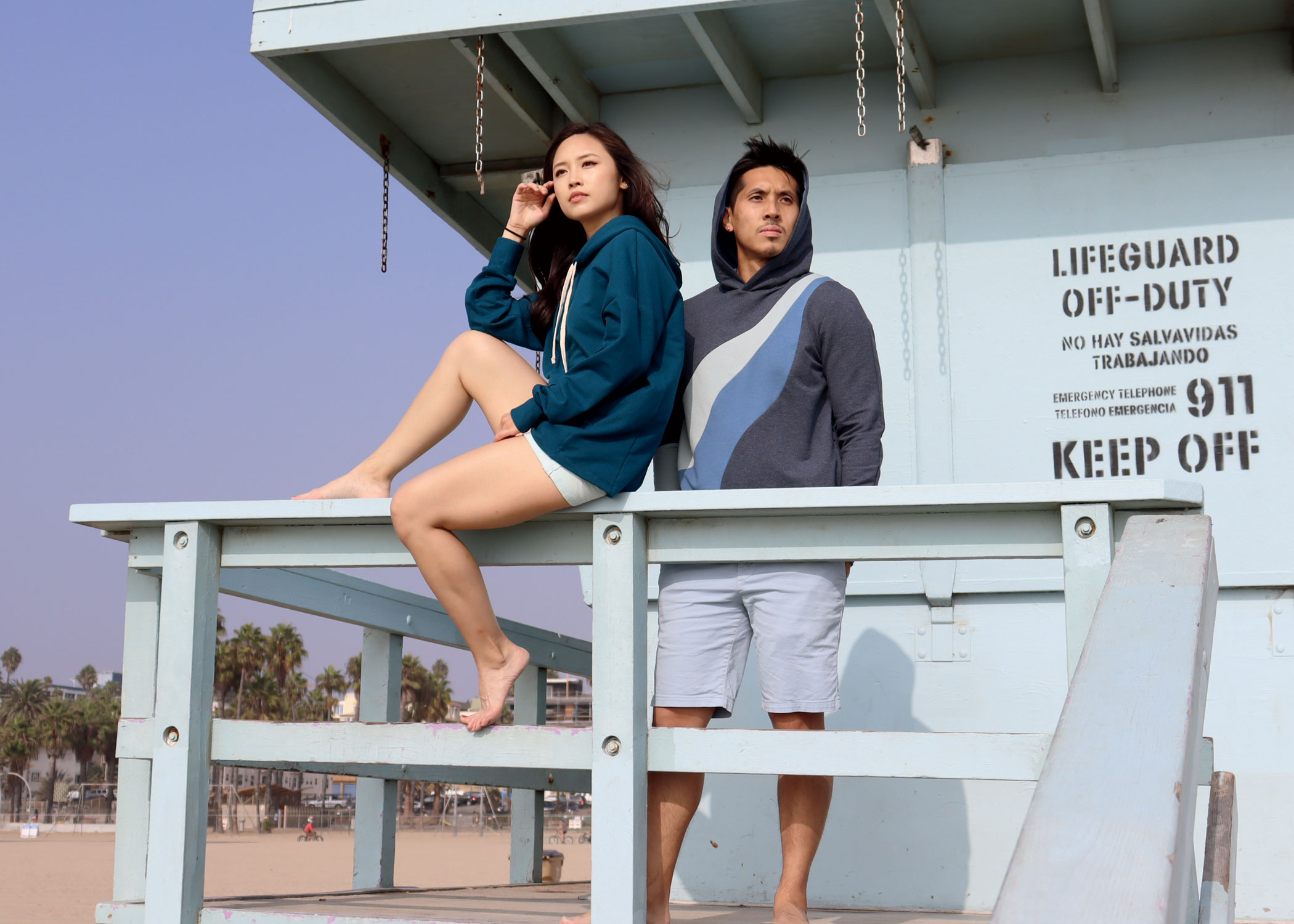
“When I first started talking to my kids about the line, my son was like, ‘Does that mean everyone is going to know they can wear whatever they want now?’” says Brunner, adding that while she was initially nervous about him wearing a skirt to school, she soon realized the concern stemmed from her own issues. “Being aware of your limits and boundaries, asking yourself or reflecting on why they are there and if they’re there for reasons that are supporting your child or not … that was a big eye-opener for me.”
For parents looking to embrace a more gender-neutral wardrobe for their own kids, Brunner suggests asking for hand-me-downs from family or friends or walking through both clothing sections in a store to see what your child is naturally drawn to (a bill introduced in the California Legislature in late February would require large department stores to stop differentiating boys’ and girls’ toy and childcare sections, but clothing is not covered). “Just be open and let them enjoy it, see where it takes them. It doesn’t mean your son is always going to want to wear a skirt or your daughter a camo print, but in the moment, they might, and that’s OK. Kids should feel like they can be whoever they want to be.”
Definitions related to gender stereotypes (something she paid careful attention to when choosing the label’s moniker) may have been instilled in us for decades, but Brunner hopes by redefining notions about what kids can and can’t wear based on their gender and permitting them to dress in whatever makes them feel good will afford more freedom to future generations.
“Advocating for freedom of expression when it comes to clothes is a larger conversation that doesn’t end with children. It’s about individuality across the board for everyone,” she says. “I don’t know how many people I talked to about the line who said they wish something like this was around when they were a kid. So, it touches a lot of people. It’s pretty exciting to think where it could go.”




